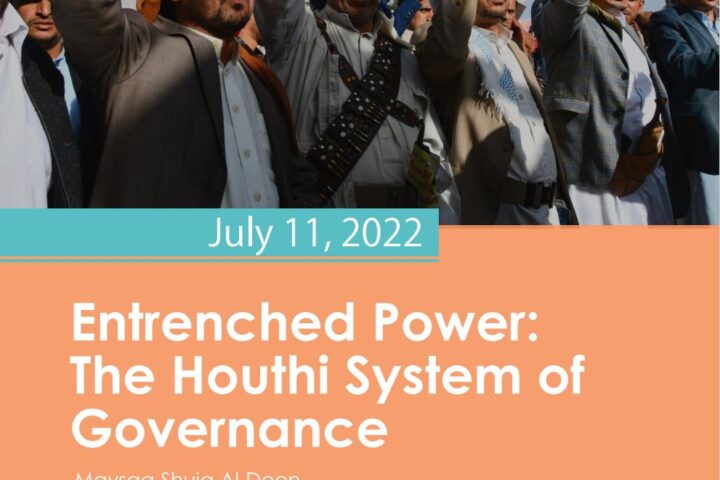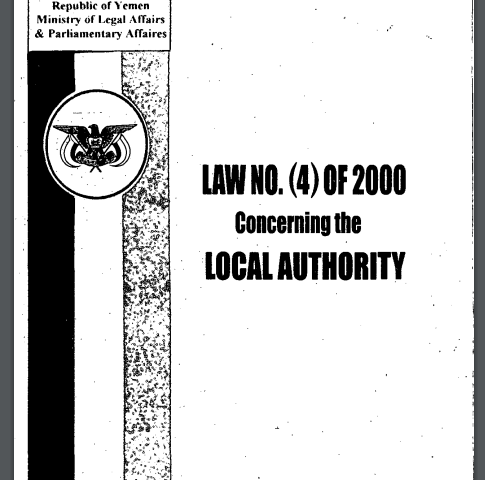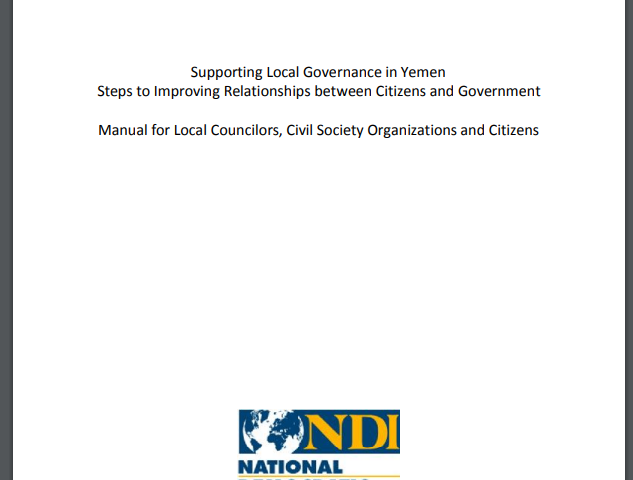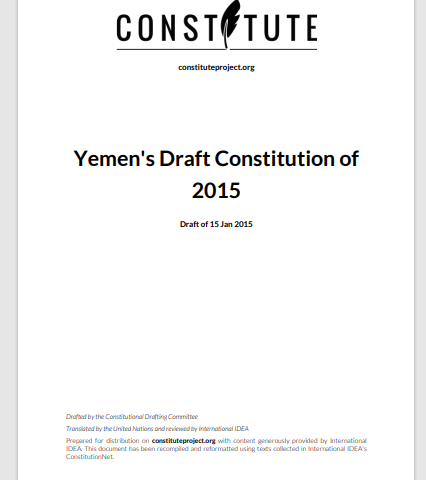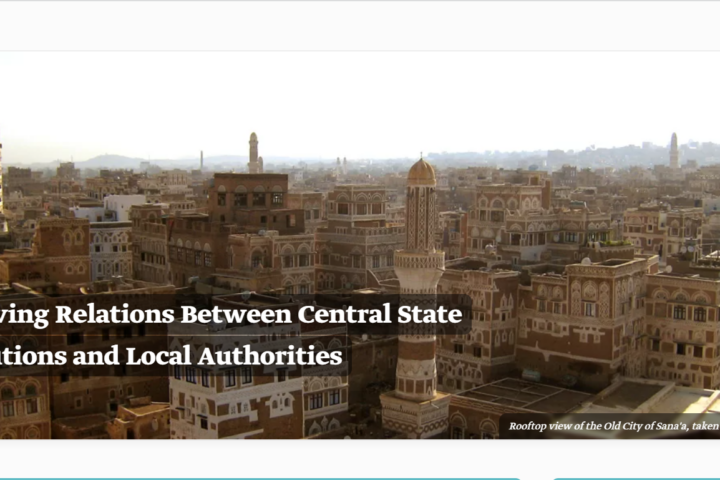The Governorate of Sa’adah is located in the far north of the Republic of Yemen, 242 kilometers from the capital city of Sana’a along the border with Saudi Arabia. The governorate is divided into 15 administrative districts, with Sa’adah as the capital city.
Sa’adah governorate information
Map of Sa’adah
Economy
Agriculture and animal husbandry are the main economic activities in the governorate. Before the war, Sa’adah produced 3.5% of the total crop production in Yemen. The main crops are cereals, vegetables, and fruits. Traditional handicrafts and stone quarrying for construction also make up part of the economy. Historically, trade and smuggling across the border to Saudi Arabia were an important source of commercial activity in the governorate, but the border is now heavily militarized. The saints’ tombs in Old Jabaneh were a site of pilgrimage and internal tourism prior to the war.1https://www.yemenna.com/index.php?go=guide&op=show&link=saada.
According to the local authority’s 2014 budget, grants and central subsidies constituted 94% of the total general revenue of the governorate, while local revenues accounted for 6%. The most significant sources of local revenue were local shared revenues, notably zakat, taxes, income from the sale of goods and services, and fines and penalties.2Republic of Yemen, Ministry of Finance, Budget Sector: estimated local authority budget for the 2014 fiscal year.
Sa’adah has been the governorate targeted by far the most heavily by coalition airstrikes. According to ACLED, the coalition has targeted Sa’adah in 5,622 airstrikes, almost one-third of the total.3https://www.acleddata.com/data/. As a result, its economy and infrastructure, and thus the basis for local revenues, have been largely destroyed. The establishment of the General Zakat Authority and the transfer of zakat to a central revenue has also caused governorate-level institutions to lose an important resource.
The poverty rate in Sa’adah was already 84.5% before the war.4Household Budget Survey for 2014. There is no doubt that this rate has increased due to the war and is likely approaching 100%. Many residents have lost their livelihoods due to the war. Farms, gasoline stations, and other civilian infrastructure have been destroyed. Salaries of government employees are not being paid. All of this has contributed to an increased poverty rate in the governorate.5Interview with a leader of the Sa’adah local council. March 2019.
Local governance
The local council in Sa’adah comprises 15 members and the governor. There are two vacant seats because of the death of councilors, one vacant seat due to illness, and two vacancies because members are outside Yemen for political reasons. This puts the actual composition of the local council at 10 councilors.
Currently, the local council is not functioning due to the war and the destruction of the office space of the local authority and the executive offices since early in the war. The administrative board of the council meets from time to time as needed. The executive offices have resumed operations on a basic level by renting alternative office space and are working to provide a minimum level of basic services.
As in other areas under control of the de-facto authorities, the governorate supervisor wields significant power. The Al-Houthi family and its close allies are in de-facto control of local governance.
Access to basic services
More than 700,000 people in Sa’adah are in need of assistance, amounting to at least 68% of the population. Sixty percent of those in need are in dire need.
The current IDP population of Sa’adah is 108.000 (status December 2022).6https://data.humdata.org/dataset/yemen-humanitarian-needs-overview, 2023 People in Need in Yemen
There are two main hospitals in Sa’adah city, in addition to a rural hospital and a number of health units and centers in other districts, which are still functioning. Health services are available due to support from international donors and government financial support. Despite the continuing international support for the health sector, current services are insufficient to meet the needs of the population.7Interview with a leader of the Sa’adah local council. March 2019.
With regard to education, 238 schools have been damaged by the war, the highest number of damaged schools after Taiz. Teachers are not receiving their salaries in Sa’adah.8Economic and Social Development In Yemen Newsletter – Issue No. 30, December 2017, published by the Economic Studies and Forecast Sector in the Ministry of Planning and International Cooperation. Between the destruction of infrastructure and loss of salaries, the education sector has been significantly disrupted. Despite the local authority’s efforts to provide operational funding for educational facilities in cooperation with international organizations, most educational institutions are barely functioning due to shortages of teachers and lack of salary payments as well as lack of operational funds for the schools. Many students do not receive regular schooling, especially in the border districts.9Interview with a leader of the Sa’adah local council. March 2019.
As for drinking water, 62% of households in Sa’adah had access to potable water in 2016/2017. 10OCHA: An Overview of the Humanitarian Needs in Yemen 2018.Water is provided by the local water authority in the capital city of Sa’adah and a number of districts with support from international organizations. The sewage network only covers the Old City of Sa’adah. Donors are providing support for water projects in Sa’adah city and a number of other districts.11Interview with a leader of the Sa’adah local council. March 2019.
Demographics
| District | Size (km2) | Population (Female) | Population (Male) | Population (Total) |
|---|---|---|---|---|
| Baqim | 901 | 976 | 1,877 | |
| Qatabir | 18,964 | 21,356 | 40,320 | |
| Monabbih | 40,881 | 45,940 | 86,821 | |
| Ghamr | 15,616 | 17,659 | 33,275 | |
| Razih | 8,623 | 9,145 | 17,768 | |
| Shada’a | 1,213 | 1,349 | 2,562 | |
| Al-Dhaher | 3,003 | 3,553 | 6,556 | |
| Haydan | 31,373 | 32,969 | 64,343 | |
| Saqayn | 39,725 | 42,439 | 82,163 | |
| Majz | 57,015 | 58,646 | 115,662 | |
| Sahar | 123,162 | 131,086 | 254,248 | |
| As Safra | 44,819 | 49,706 | 94,525 | |
| Al-Hashwah | 11,820 | 12,711 | 24,531 | |
| Kitaf wa Al-Boqe’e | 14,866 | 16,689 | 31,555 | |
| Sa’adah | 36,322 | 41,672 | 77,994 | |
| TOTAL | 11,375 | 448,305 | 485,896 | 934,201 |
Figures are based on the 2021 Humanitarian Needs Overview Yemen, OCHA. Population figures include the number of IDPs and residents.


